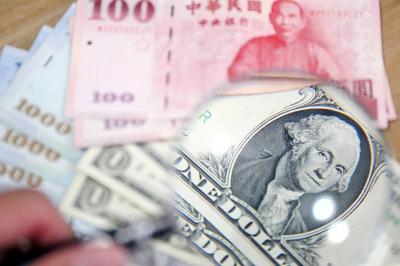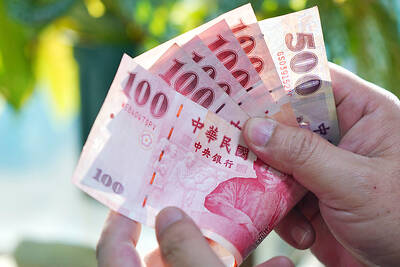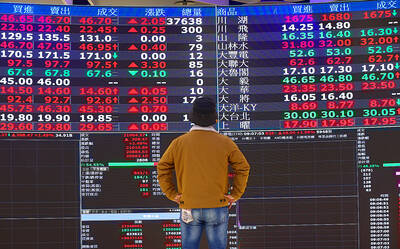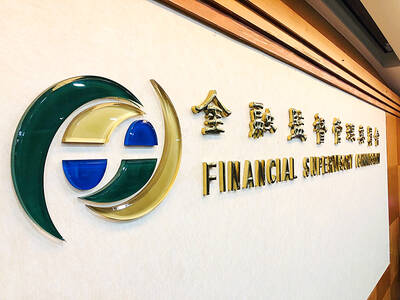Russia said on Friday it had ordered the construction of an oil pipeline from its huge Siberian oilfields to the Pacific Ocean opposite Japan, in a move to boost export opportunities throughout East Asia and to the US.
A "system of pipelines" with an annual capacity of 80 million tonnes would be built from Taishet in Siberia to Perevoznaya near Vladivostok and the eastern port of Nakhodka, the government said in a statement.
Energy-thirsty Asian rivals Japan and China have been furiously competing for several years for access to supplies from the world's second biggest oil exporter after Saudi Arabia.
But the 4,130km link to Nakhodka become the preferred option earlier this year after lengthy talks with Tokyo, which has said it would finance its construction.
No price tag was put on the project on Friday, but Russian officials have said previously it would cost some US$16 billion or almost seven times the cost of the alternative option to China.
Moscow's decision to pump its vast eastern Siberian oil supplies toward Japan will come as a blow to China, whose energy-hungry economy has turned it into the world's second largest oil consumer after the US.
Negotiations with China were complicated by environmental concerns, with neither side able to agree on the route.
And for Russia, the Pacific route means that besides Japan, it could supply oil to other countries in the region, including South Korea, and even, potentially, the west coast of the US.
Officials in Beijing have raised the possibility that a branch of Russia's Pacific pipeline could be diverted eventually to China, where energy demand continues to outpace supply, although there was no mention of this in Friday's statement from Moscow.
But in a major sweetener for Beijing, Industry and Energy Minister Viktor Khristenko on Thursday announced that Chinese oil conglomerate CNPC could be offered up to 20 percent of the main asset of the dismembered Russian energy supplier Yukos.
In what would amount to a strategic energy tie-up between Russia and China, Khristenko said China National Petroleum Corporation (CNPC) could end up owning a significant chunk of the assets of Yuganskneftegaz, which pumps a million barrels a day and owns 17 percent of Russia's oil reserves.
Moscow has signed agreements with CNPC reflecting bilateral "strategic understandings" on the expansion of energy cooperation, deemed vital to long-term economic growth in both countries, he said.
Yukos founder Mikhail Khodorkovsky, a political enemy of Russian President Vladimir Putin, was a strong supporter of the China option for the eastern Siberian pipeline. He has been in jail since October last year, facing fraud and tax evasion charges, and his company is being dismantled to pay a massive bill for back taxes.
Russia is also proposing to pump oil west towards the Adriatic and ports in Albania, Croatia and Greece, and north to serve North America via a Barents Sea port, as it strives to boost its ability to supply rising demand in international markets.
In October Khristenko said Russia's international oil pipelines would transport 303 million tonnes a year by 2010 and 433 million tonnes by 2020. Last year the pipeline network handled 182 million tonnes of Russia's total exports of 223 million tonnes.
Russian production of crude oil should reach between 550 and 590 million tonnes per year by 2020 owing to development of resources in western Siberia and the Far East, the energy minister has said.
The state energy agency has forecast oil production will increase by six percent to eight percent from last year's output of 421 million tonnes.

The US dollar was trading at NT$29.7 at 10am today on the Taipei Foreign Exchange, as the New Taiwan dollar gained NT$1.364 from the previous close last week. The NT dollar continued to rise today, after surging 3.07 percent on Friday. After opening at NT$30.91, the NT dollar gained more than NT$1 in just 15 minutes, briefly passing the NT$30 mark. Before the US Department of the Treasury's semi-annual currency report came out, expectations that the NT dollar would keep rising were already building. The NT dollar on Friday closed at NT$31.064, up by NT$0.953 — a 3.07 percent single-day gain. Today,

‘SHORT TERM’: The local currency would likely remain strong in the near term, driven by anticipated US trade pressure, capital inflows and expectations of a US Fed rate cut The US dollar is expected to fall below NT$30 in the near term, as traders anticipate increased pressure from Washington for Taiwan to allow the New Taiwan dollar to appreciate, Cathay United Bank (國泰世華銀行) chief economist Lin Chi-chao (林啟超) said. Following a sharp drop in the greenback against the NT dollar on Friday, Lin told the Central News Agency that the local currency is likely to remain strong in the short term, driven in part by market psychology surrounding anticipated US policy pressure. On Friday, the US dollar fell NT$0.953, or 3.07 percent, closing at NT$31.064 — its lowest level since Jan.

The New Taiwan dollar and Taiwanese stocks surged on signs that trade tensions between the world’s top two economies might start easing and as US tech earnings boosted the outlook of the nation’s semiconductor exports. The NT dollar strengthened as much as 3.8 percent versus the US dollar to 30.815, the biggest intraday gain since January 2011, closing at NT$31.064. The benchmark TAIEX jumped 2.73 percent to outperform the region’s equity gauges. Outlook for global trade improved after China said it is assessing possible trade talks with the US, providing a boost for the nation’s currency and shares. As the NT dollar

The Financial Supervisory Commission (FSC) yesterday met with some of the nation’s largest insurance companies as a skyrocketing New Taiwan dollar piles pressure on their hundreds of billions of dollars in US bond investments. The commission has asked some life insurance firms, among the biggest Asian holders of US debt, to discuss how the rapidly strengthening NT dollar has impacted their operations, people familiar with the matter said. The meeting took place as the NT dollar jumped as much as 5 percent yesterday, its biggest intraday gain in more than three decades. The local currency surged as exporters rushed to